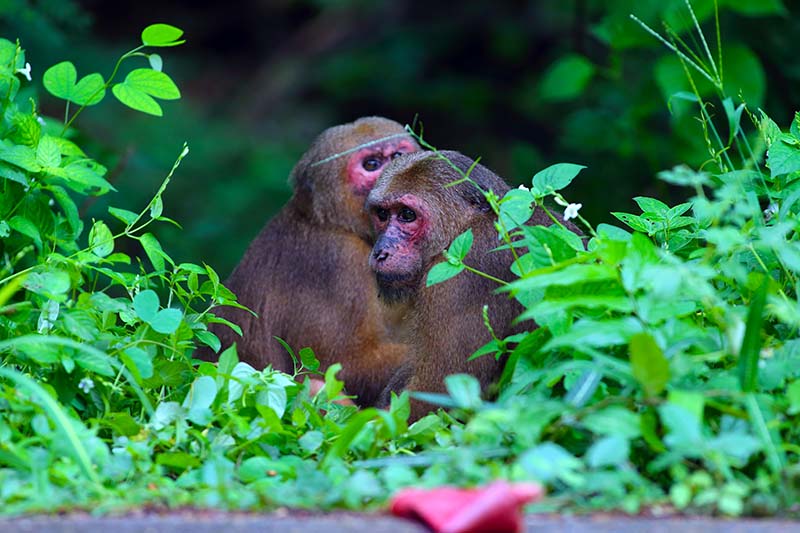
2-minute read
Because we know you have burning questions about invertebrates…
If you head out for an end-of-summer seaside wander, you might come across a five-legged fellow commonly known as a starfish. And if you’re anything like this team of biologists from Stanford University, you might ask yourself, if a starfish wore clothes, where would it put its’ trousers? Naturally, you might say, on its legs since it has so many. But are those pointy appendages legs, or are they arms? Perhaps a sweater would be better? Or if some are arms and some are legs, which are which, and how can you tell?
According to scientists, most animals evolve with a three-part body plan and bilateral symmetry. There is a head end, a tail end, a trunk in the middle, and a symmetrical body on either side. Examining the body structures of cats or camels, dogs or donkeys, beavers or buffalo it’s easy to tell which is the tail end and where to place trousers, if need be. Although starfish start with body symmetry as larvae, unlike other animals, they don’t maintain that symmetry as they grow. The spiny sea creatures don’t have an obvious head or tail, so what gives? How are the piece parts of a starfish body organized?
Perhaps the brain occupies one arm, and the legs are on the opposite end? Or maybe each leg or arm has a three-part body plan duplicated five times that is joined at the head in the middle? To find out, the Stanford researchers mapped the gene expression of starfish to determine how they were configured. What they discovered is that the animal’s brain is in the center, extending out into five points, but there is no trunk, and those appendages are not legs or arms. As it turns out, a starfish is all head. So, according to the Stanford starfish detectives, if you are going to gift this invertebrate with apparel, your best bet is to go with a hat.

ICYMI Nature News
How Sea Lions See the Sea
Endangered sea lions wearing teeny-tiny cameras are helping Australian scientists map the ocean floor. See what they see under the sea.
These Bats’ Toes Glow as They Glide
As if using echolocation to navigate the night sky wasn’t the ultimate bat superpower, researchers have discovered that some free-tailed bats possess glow-in-the-dark toes they use to signal their next of kin as they search for food. Read about the toe glow here.
Never Underestimate the Intelligence of Horses
Long admired for their beauty, speed, and agility, it turns out that horses are also big on brains. According to new research, the elegant animals are able to plan ahead and act strategically to achieve an important goal—more treats. Learn more about the snack-savvy equines.
The Lobster Has the Blues
A very colorful crustacean was plucked from the sea in New Hampshire by a local lobsterman and scientists say it’s 1 in 100 million. The blue, pink, and purple-hued lobster’s “cotton candy” coloring is said to be a result of diet and genetics. We have to admit, he’s a beauty!
Dodos Were No Dummies
Dodos, the first animals recorded as driven to extinction by humans, have gotten a bad rap for being slow-moving, bumbling birds. However, new research shows that the iconic creatures were speedy and powerful! Here’s the real story about Dodos.
A 16ft Tall Pigeon in NYC?
In October, a super-sized pigeon named Dinosaur will be perched on the High Line elevated garden at 30th Street and 10th Avenue in Manhattan. The 16ft sculpture created by Ivan Argote will keep a sharp eye on the comings and goings of us hustling, bustling humans for 18 months. Here’s a preview of the really big street bird.



























































